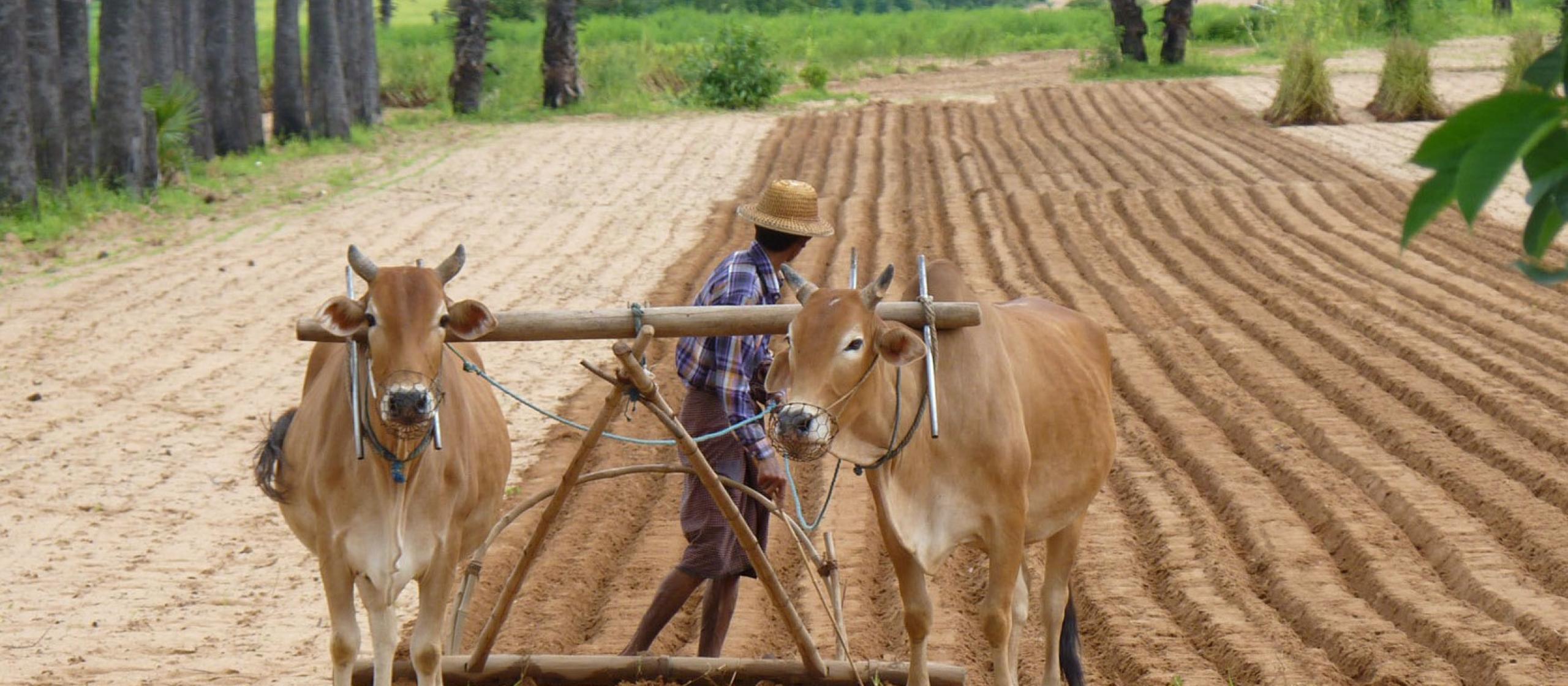- HomeHome
-
About ACIAR
- Our work
- Our people
-
Corporate information
- ACIAR Audit Committee
- Commission for International Agricultural Research
- Policy Advisory Council
- Agency reviews
- Executive remuneration disclosure
- Freedom of information (FOI)
- Gifts and benefits register
- Information publication scheme
- List of new agency files
- Contracts
- Legal services expenditure
- Privacy impact assessment register
- Commonwealth Child Safe Framework
- Benefits to Australia
- Careers
- 40 years of ACIAR
-
What we do
- Programs
- Cross-cutting areas
- Resources
- Where we work
-
Funding
- Research projects
- Fellowships
-
Scholarships
- John Allwright FellowshipScholarships to study in Australia for ACIAR partner country scientists to have Australian postgraduate qualifications
- ACIAR Pacific Agriculture Scholarships and Support and Climate Resilience Program
- Alumni Research Support Facility
- Publications
- News and Outreach
Date released
03 May 2018
An open access research paper has been released detailing outcomes of an ACIAR-funded project helping farmers adapt to the changing climate in Myanmar.
Run by the University of New England, the project is providing farmers in the Central Dry Zone (CDZ) of Myanmar with methods on how to cope with intensifying rainfall that can lead to nutrient leaching and soil erosion.
The CDZ is a significant agricultural region covering 80,000km2 of Myanmar, with farmers commonly growing pulses and sesame through double cropping and intercropping systems. Rain feeds 75 per cent of cropping in the region, with crop yields typically low and variable.
The research team observed the total annual rainfall in the CDZ remained relatively stable from 1951 to 2016, but found the number of rain days had almost halved over the same period with early monsoon rain becoming scarcer.
This trend towards increasingly intense and unpredictable rainfall events is creating headaches for small-holder farmers in the CDZ, with longer dry spells also making it difficult for crops to establish themselves and access topsoil nutrients.
What are the solutions?
The researchers modelled soil water balance in the CDZ from 1951 to 2016 to assess potential agronomic solutions and made the following recommendations to assist the small-holder farmers in the region:
- Long-duration pigeon pea with a short-duration intercrop can use rainfall efficiently
- The first crop in a double crop system is reliable and merits greater inputs
- The second crop is risky so input use should depend on the season
- Crop residue retention will help with crop establishment by slowing down topsoil drying
- ‘Slow-release’ fertilisers (e.g. manure) will mitigate the impact of nutrient leaching
These recommendations, along with a wider scope of work stemming from the over-arching project, will help improve the livelihoods and food security of small-holder farmers and their families in the CDZ of Myanmar.
The open access paper— Rainfall-related opportunities, risks and constraints to rainfed cropping in the Central Dry Zone of Myanmar as defined by soil water balance modelling—is available for free download until 3 June 2018.
More information can be found via ACIAR's website.



